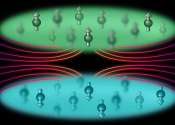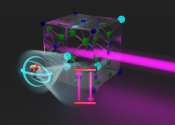Laser printing on fallen tree leaves produces sensors for medical and laboratory use
Fabrication of sensors by 3D printing combines speed, freedom of design, and the possibility of using waste as a substrate. Various results have been obtained in a circular economy mode, whereby residues usually thrown away ...









